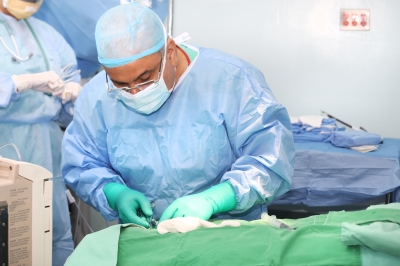walasereye
Facts about Eye Surgery
Patients with nearsightedness, farsightedness and / or astigmatism who wish to free themselves from glasses and contacts via the Lasik technique must meet certain requirements. They must be 18 years and be able to maintain stable graduation. He or she must have good eye health as well. But how will the refractive surgeon in Perth help your case?
The ophthalmologist at WA Laser Eye Centre, after analyzing all the tests, will confirm that the patient is a candidate for surgery, and will explain the treatment indicated, the surgical techniques and so on. Subsequently, the patient will need special instructions and additional recommendations for care. In about two hours, the patient will have all the information they need, including prices for services rendered. All the techniques applied by specialists are equally safe and effective and the ophthalmologist who, after reviewing the results of preoperative tests, should decide which technique is most appropriate for each patient.

It is important to emphasize the need for the patient collaboration during the various stages of the procedure and he or she must follow the instructions of the medical team. After the surgery, the ophthalmologist performs the first follow-up of the patient. Correction of refractive errors through LASIK is a simple, quick, safe, painless and personalized operation that takes place in three steps:
Using a specially designed instrument for this type of intervention instrument, the surgeon lifts a thin layer of corneal tissue like a lens. Thus freeing the area where the laser will act.
The surgeon applies the excimer laser on the intermediate layer of the cornea to mold over a period of time between 5 and 45 seconds, depending on the type and magnitude of the defect to be treated. The laser has a safety mechanism that controls eye movements, known as an “eye-tracker”, which allows the laser to be directed to those parts of the cornea to be remodeled. Before performing the operation, the patient goes through a thorough and rigorous consultation to determine graduation. All this information is transmitted to the laser so that the treatment is specially designed for each patient.
The layer of corneal tissue is changed, reattaching points without repositioning.
In total, the operation takes about 10 minutes to be followed by a short break, and the patient must pass a few tests before they can go home. After a few hours, as usual, the patient may experience minor disturbances as a burning or tearing sensation, and they may begin to notice some visual recovery without relying on glasses or contact lens. Contact Dr. Robert Paul or visit Walasereye.com.au to learn more Dr. Robert Paul.